Local History
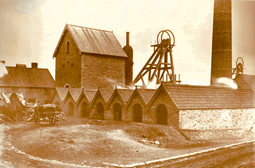
Easton
The complex of mills was financed by using money from the slave trade. Two important industrialists emerged from Baptist Mills – Abraham Darby and William Champion, a leading figure in the local brass industry. Darby is best known for founding the brass and iron works at Coalbrookdale, Shropshire. It was here, however, that he made scientific and industrial advances of great industrial importance.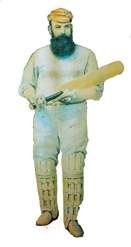 Easton was also home to local doctor and cricketing legend W.G.Grace in addition to boasting a large chocolate factory – one of Bristol's early and extensive industries.
Easton was also home to local doctor and cricketing legend W.G.Grace in addition to boasting a large chocolate factory – one of Bristol's early and extensive industries.
Staple Hill
A memorable story related to Staple Hill concerns the Titanic. It is said that the orchestra played hymns as the 'unsinkable' luxury liner went down on its maiden voyage in 1912. The conductor that Sunday evening was Bob Bateman, an evangelist 'fire & brimstone' preacher from Staple Hill. He was guest conductor of the ship's band at a special Sunday service when the ship struck an iceberg. The band played 'Abide With Me' and Bateman is said to have still been beating time when the waters closed over his head.The ghost train and the chocolate factory at Mangotsfield
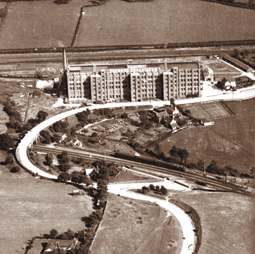 A little known story about Mangotsfield concerns Arnold Ridley, the actor who played Private Godfrey in the TV show Dad's Army. Ridley had wanted to be an actor but the injuries he’d suffered in WWI had seemed to put an end to his hopes. Instead he thought he might be a dramatist – all he needed was inspiration.
A little known story about Mangotsfield concerns Arnold Ridley, the actor who played Private Godfrey in the TV show Dad's Army. Ridley had wanted to be an actor but the injuries he’d suffered in WWI had seemed to put an end to his hopes. Instead he thought he might be a dramatist – all he needed was inspiration. 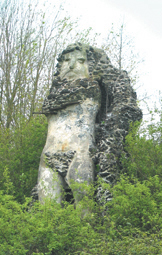
Warmley
What became known as the Kingswood Coalfield was also a reason for 18th century entrepreneur William Champion to build up an advanced, extensive and curious industrial base. Coal provided the energy for Champion to make high quality brass which was much in demand. His own house sat in a most extraordinary garden, which to this day includes a giant statue of Neptune, a grotto and an artificial lake. You can visit these and find out much more about this fascinating man and its historic industry at Kingswood Museum.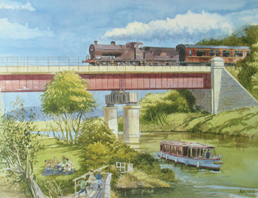
Bitton
The complete closure of the Midland Railway line in 1971 meant the rapid decline of Bitton Station. The building, constructed from local Pennant stone fell into decay and the track was removed.Thanks to these volunteers, the track and platform, 'Avon Riverside' opened in 2004 and allows passengers and users of the Railway Path to enjoy the riverside and a picnic area that cars cannot reach. A landing stage allows boats to moor and visitors to amble in the scenic Avon Valley countryside.
At Bitton there are plans to develop a museum with educational and other facilities.
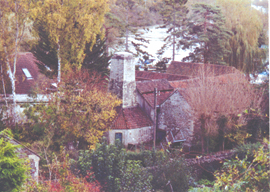
Saltford Brass Mill
This Scheduled Ancient Monument was one of a group of brass mills in the Avon Valley. Leased to The Bristol Brass Company in 1721, the mill specialised in hollowing out brass sheet to make pans, bowls and vats. The process of beating the brass into sheets was known as ‘battery’.Kelston Station
This station, now demolished, was known as ‘Kelston for Saltford’. This was because the Midland Railway had to purchase land from local landowner Mr Inigo Jones of Kelston to create the track between Saltford and Bath. Mr Jones insisted that the station was positioned where it would benefit Kelston village even though this meant it would have no road access. Would-be passengers had to walk there. Not only did this create the need for a new, strong bridge to be built (1868) to take the track over the Avon at Kelston but yet more conditions were attached.Mr Jones retained the right to stop any Midland train as long as he gave 24 hours notice. His sisters who lived at nearby Kelston House made this an annual event although this meant an inconvenient trek over fields. Mr Jones also required the agreement that the station never be closed...
Bath
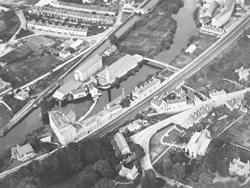 Bath is so famous for its many attractions that the working city often passes uncelebrated. Bath has a rich industrial past – much of it was centred around this end of the Path.
Bath is so famous for its many attractions that the working city often passes uncelebrated. Bath has a rich industrial past – much of it was centred around this end of the Path. 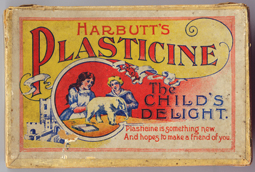 Bath generated its own electricity, produced its own gas and was served by three railway companies. Furniture, books, cranes, cars and Plasticine were all manufactured in Bath and exported throughout the world. This industrial development was possible because the River Avon provided the water power to drive the mills. When the river was made navigable in the early 18th century, a vital transport corridor to Bristol opened up. Canals were built and fitted with locks that by-passed the energy-producing weirs. Bath was on the map for more than its spa waters. Find out more about the 'workaday' city at the Museum of Bath at Work
Bath generated its own electricity, produced its own gas and was served by three railway companies. Furniture, books, cranes, cars and Plasticine were all manufactured in Bath and exported throughout the world. This industrial development was possible because the River Avon provided the water power to drive the mills. When the river was made navigable in the early 18th century, a vital transport corridor to Bristol opened up. Canals were built and fitted with locks that by-passed the energy-producing weirs. Bath was on the map for more than its spa waters. Find out more about the 'workaday' city at the Museum of Bath at Work

